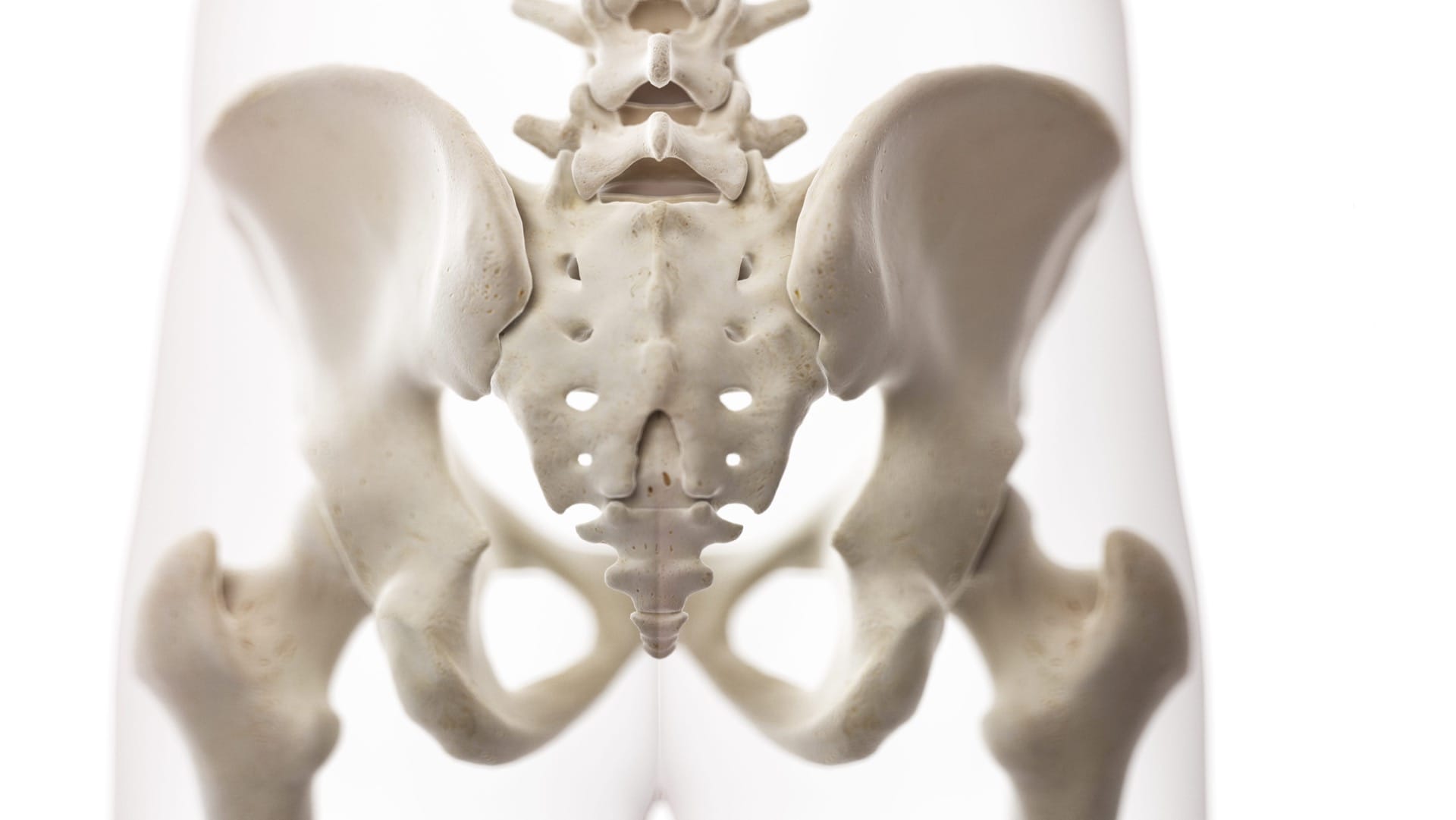
When many people hear the word “epidural,” pregnancy and birth are the first things that come to mind, and while this is a logical connection, there is much more that an epidural has to offer besides pain reduction during the delivery process. For example, sufferers of chronic back pain may experience tremendous benefits to their health and mobility through the use of epidural steroid injections. That is because they reduce inflammation around the spinal column that causes the epidural sleeve to shrink and put increased pressure on spinal nerves. Persistent or severe pain that does not respond to other treatments may be a good candidate for an epidural steroid injection to help decrease pain and manage symptoms related to the underlying issue.
Types of Epidural Injections
There are four types of epidural steroid injections, each of which is specifically intended to address different areas of pain.
Cervical Epidural Injection
The cervical spine is the upper part of the spine that makes up the neck. An injection of corticosteroids into the side of the neck avoids the majority of risks associated with penetrating the throat or other major muscles, and can help to reduce both neck pain and arm pain.
Lumbar Epidural Injection
The lumbar spine is the lowest part of the spine, and issues with the lumbar nerves can impact both the lower back and the legs. A lumbar epidural is injected directly into the spine from the lower back, as there are few major muscle groups to be concerned about when compared to the neck.
Thoracic Epidural Injection
The thoracic spine is the upper back, starting below the neck. Injections in this part of the spine are not as common as others, but may be used in situations where the patient is experiencing significant ongoing pain in the thoracic region of their back.
Caudal Epidural Injection
The caudal spine is the tailbone, and these injections are inserted directly above the tailbone to alleviate symptoms associated with swelling and discomfort with this group of nerves.
Safety and Risks Associated With Epidural Steroid Injections
If you are a candidate for an epidural injection, it is important to recognize the risks associated with these treatment options. They are minimally invasive and do not require incisions, which can drastically reduce the risk of complications associated with blood loss or infection; however, there are risks of complications associated with allergic reactions, blood loss, infection at the injection site, or nerve damage. Working with an experienced doctor for your epidural injections and following the care regimen for the injection site after the procedure are two of the best ways of minimizing the risk of any possible safety issues stemming from your procedure.
As mentioned, these risks are minimal and are typically outweighed by the many benefits afforded to candidates of these types of treatments. Talk to a doctor about your options for back pain management and treatment, including the possibility of epidural corticosteroid injections to reduce inflammation and give you more control over your pain. CarAccidentAttorney.com is an attorney and medical referral service that can connect you with an experienced and certified professional in your area.